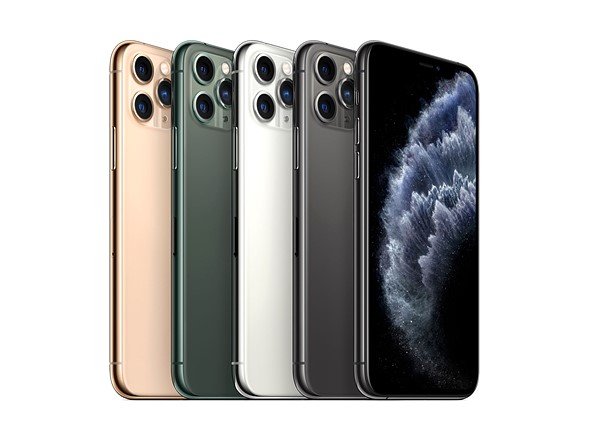The new magic.
Click here for an index of all iPhone articles.

The latest nom de jour in photography circles is ‘computational photography’, which is a fancy way of saying that image control has been passed from hardware to software. This augurs poorly for the latest high end ILCs with their ridiculous 50mp and higher sensors, with attendant demands on computer upgrades to handle those behemoth files in something under a week per snap.
DP Review’s technical writer Rishi Sanyal does an excellent job of explaining just how software in devices like the Phone 11Pro is taking the lead from hardware in delivering the best image quality in small files using brains, not brawn. Sanyal writes:
“Newer, faster processors often mean increased photo and video capability, and the iPhone 11 is no exception. Its image processing pipeline, which handles everything from auto white balance to auto exposure, autofocus, and image ‘development’, gets some new features: a 10-bit rendering pipeline upgraded from the previous 8-bit one, and the generation of a segmentation mask that isolates human subjects and faces, allowing for ‘semantic rendering’.”
What shines through in his detailed exposition of the newest iPhone’s features is how all three of its cameras are used to deliver the best picture, along with brilliant technologies like storage of a depth information profile for an image which allows the application of selective focus, as an example, in post processing.
Some 13 years ago in a piece titled “It’s the software, stupid” I wrote:
“And who will be the genius designing these new ‘lenses’? It won’t be a god the likes of Max Berek or Walter Mandler in Wetzlar. It will be some kid who is really sharp at coding who happens to like a superb picture from the one ounce piece of plastic passing for a lens attached to his camera. The great days of optics are yet to come and their designs will emanate from the keyboard of some unknown master even now getting his lips around the teat on that plastic milk bottle.”
Like that milk bottle, today’s lenses are plastic, their unprocessed quality is garbage, and software does what plastic cannot. Say goodbye to big cameras, big lenses and big sensors.